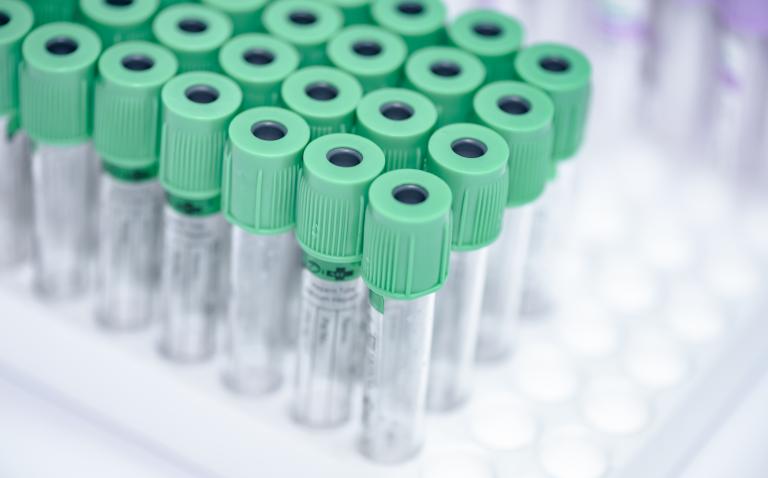Despite the large number of laboratory tests ordered daily, diagnostic tools proven to be effective when managing immune-mediated diseases are limited, often forcing physicians to rely on a mixture of clinical, laboratory and radiological features to establish a diagnosis.
Classical antibody assays, such as rheumatoid factors and antinuclear antibody, are effective in reaching the correct diagnosis but do not provide information about disease progression. As a result, the clinical scenario frequently changes over time, and a Finnish study has reported that over 40% of patients initially diagnosed with seronegative rheumatoid arthritis were later reclassified as having a different disorder after ten years.1 Similarly, our prediction of disease onset remains unsatisfactory. For systemic lupus erythematosus, advanced disease and accompanying comorbidities are often present at the time of referral, as shown by Choi et al, who reported that 30% of these patients manifest kidney disease at the first rheumatology visit.2 In addition, we do not have biomarkers that predict treatment response and new targeted therapies are still used with a trial and error approach. Cumulatively, these limitations and the lack of effective strategies for disease and patient profiling contributes to significant mortality, morbidity, and considerable socioeconomic costs.
In general terms, diagnosis and stratification of disease, prediction of complications, progression and response to therapy can be correlated with specific genetic, immunological and proteomic traits (biomarkers) associated with the pathogenesis of the condition and also individual features of the patient. As an example, genotypes and haplotypes of genes involved in intracellular signalling of drugs are associated with poor response to treatment, whereas single nucleotide polymorphisms in specific cytokines can affect the natural history of the disease. The development of high-throughput ‘omics’ technologies (genomics, transcriptomics or metabolomics) that allow simultaneous examination of thousands of genes, transcripts and proteins is expected to change the playing field. Nonetheless, the clinical utility of ‘omics’ is currently low given its restricted commercial use and scarcity of data on useful biomarkers.
References
- Paalanen K et al. Does early seronegative arthritis develop into rheumatoid arthritis? A 10-year observational study. Clin Experiment Rheumatol 2019;37:37–43.
- Choi MY et al. Preventing the development of SLE: identifying risk factors and proposing pathways for clinical care. Lupus 2016;25(8):838–49.










